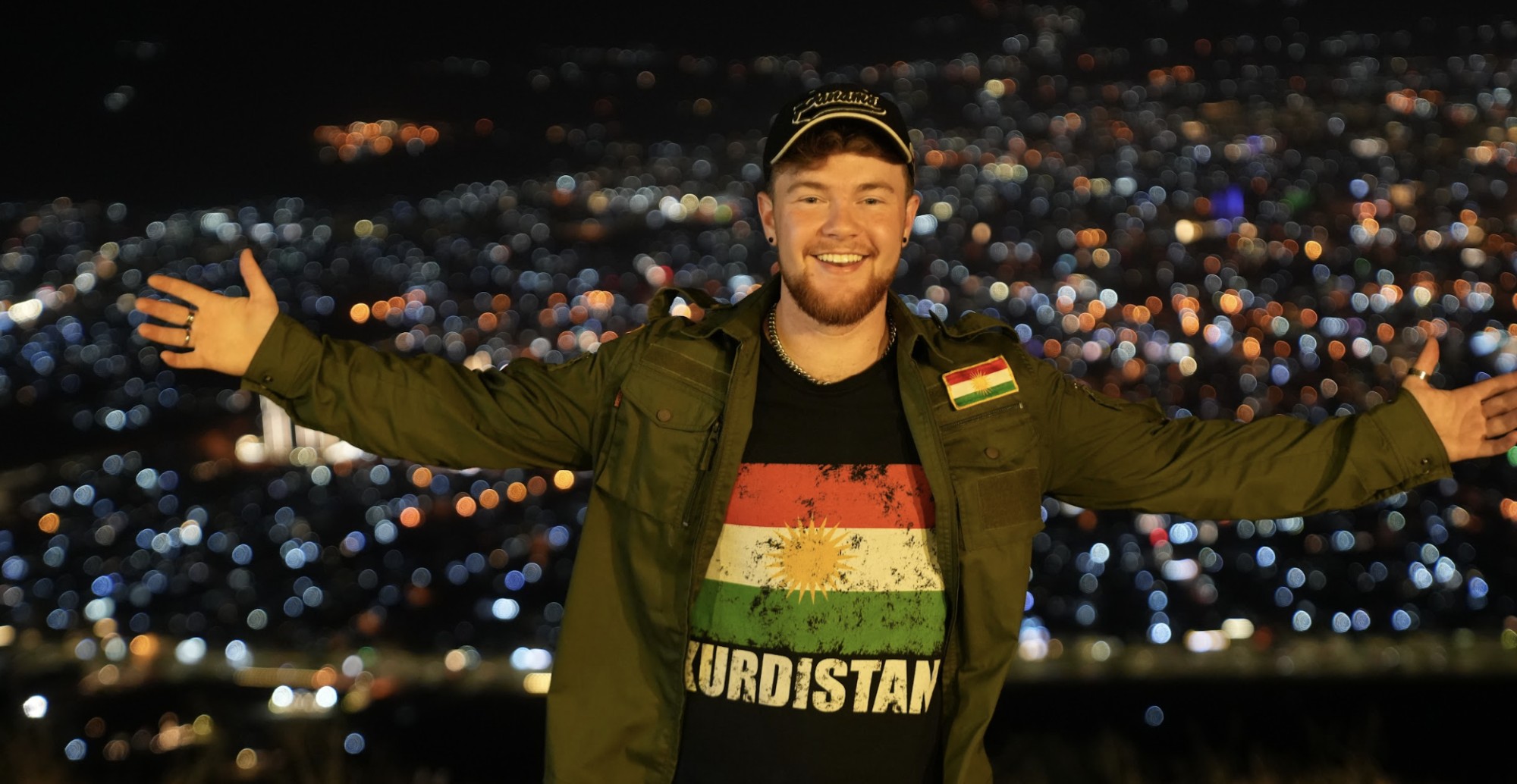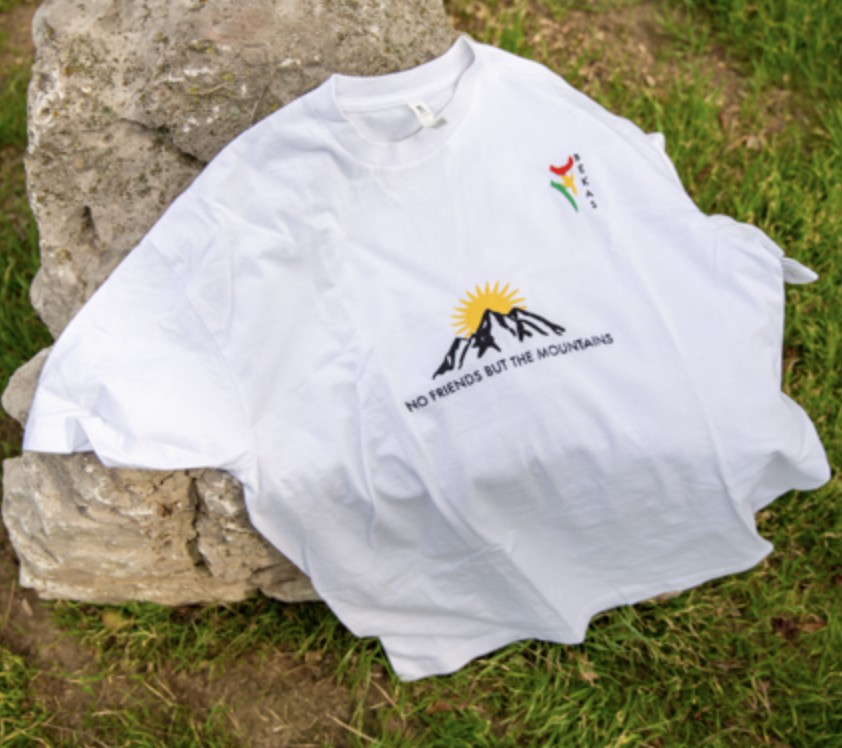As you walk down the narrow alleys of Zakho’s old quarter, a city in the Kurdistan Region of Iraq (KRI) located just a few kilometers from the Turkish border, a striking sight unfolds before you: an Armenian church.
Adorned with orange and black volcanic stones recently imported from Armenia exclusively for its construction and crowned with four-pointed domes, the church is decorated both inside and outside with a carved Armenian cross known as a khachkar, an symbol of everlasting celestial life, and grapes, which represent agriculture, hospitality, and prosperity.
The church’s restoration, initiated in 2021, has been a collaborative effort involving the Hungarian governmental agency Hungary Helps, the Kurdistan Regional Government (KRG), and contributions from the Armenian and Kurdish Muslim communities.
A harmonious blend of cultures is evident in the workforce that is laboring tirelessly on the church’s restoration. Armenians, Kurdish Muslims and Yezidi Kurds, are working with shared dedication to complete the project by the spring of 2024.
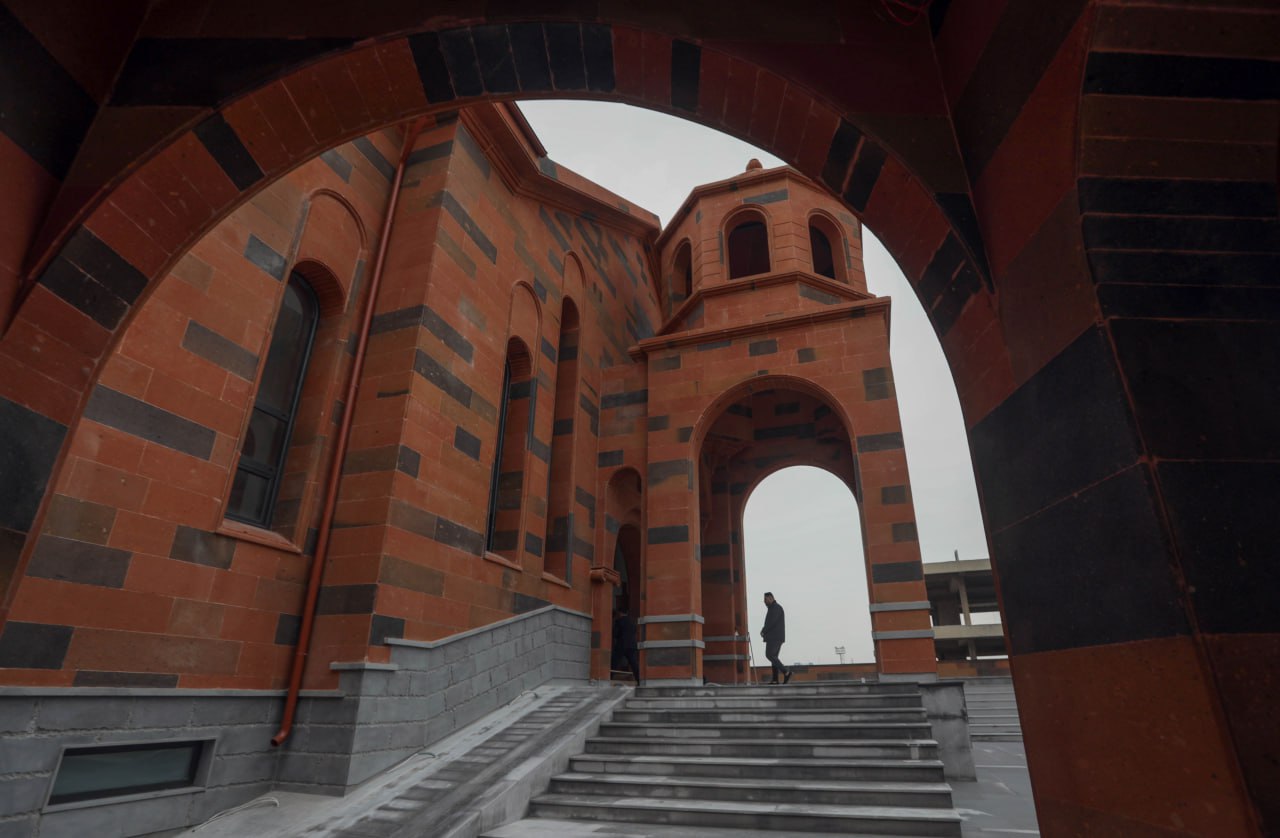
Dawood Mardirosian, the head of the Administrative Council of Armenians in Zakho, is leading the initiative with a clear passion. As he walks toward the church, he expresses, “We have brought a small part of Armenia to the Kurdistan Region.”
Dawood mentioned that Armenians in Zakho have worked for two decades to gain support for rebuilding their cherished church, and at last, their dream has materialized. The newly reconstructed church not only serves as a place of worship but also houses a hall for youth activities as well as a museum preserving the rich heritage of Zakho’s Armenian community, whose history spans over a century.
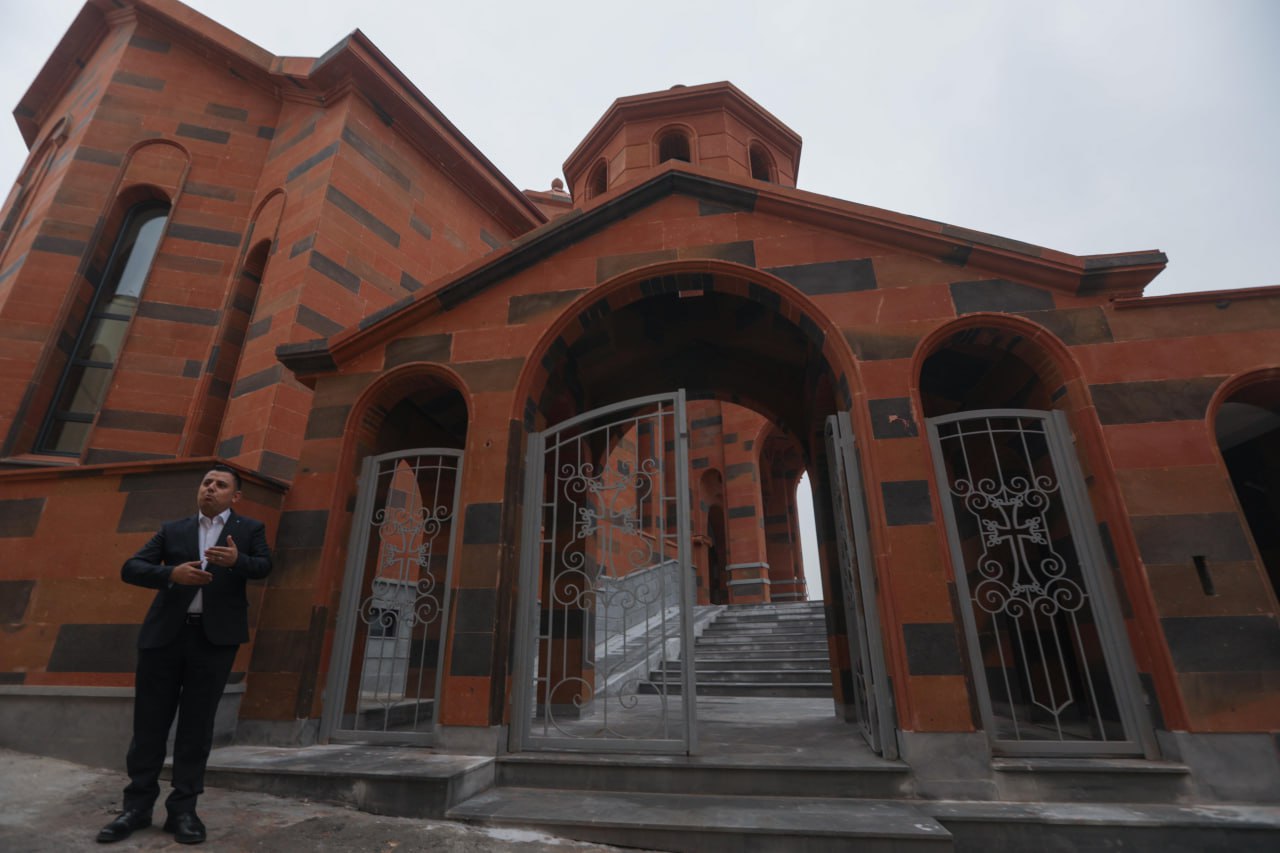
“This church is very important for us, not only for Armenians in Zakho, but for all Armenians in Kurdistan; it will become the identity of Armenians in Kurdistan,” said Dawood, adding that the old church was not built according to traditional Armenian church design and architecture.
The Armenian Genocide, the systematic killing and deportation of Armenians by the Ottoman Empire in 1915, resulted in the death of approximately 1.5 million Armenians. During this time, many Armenians living in villages and towns near the Turkey-Iraq border fled to Zakho. There, a Kurdish notable, Mohammed Beg Shemdin Agha, used his power and wealth to shelter and protect the Armenians.

A Muslim, Mohammed Beg also gave the Armenians a plot of land on which to build a church, and the new church is being rebuilt on the same plot of land. The reconstruction thus echoes this historical continuity.
Dawood estimates that approximately 1,000 Armenians live in Zakho and around 3,000 across the KRI. The size of the community has grown since 2014, when ISIS attacked Mosul, which prompted Armenians to seek safety in the KRI.
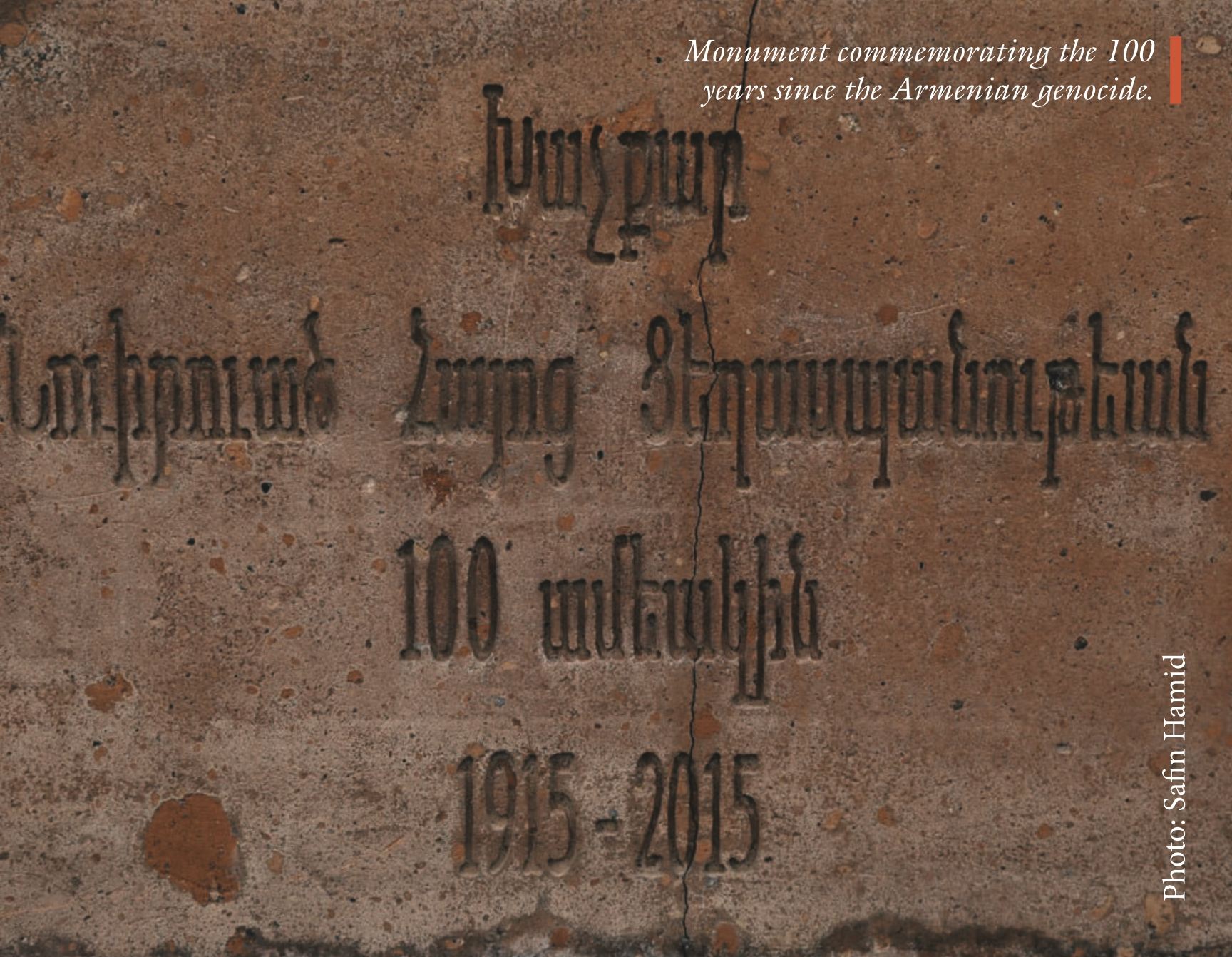
The KRI’s constitution recognizes Armenians as an ethnic component, provides the right to mother-tongue education in the Armenian language, and reserves one seat in parliament for Armenians. There are five Armenian churches in the KRI – four in Duhok province, and one in Erbil.
As a third-generation Armenian in Zakho, Dawood highlights three pivotal elements that make a thriving Armenian community in the KRI: a church, an Armenian school preserving the language, and an Armenian cultural center. In this reconstructed church, the community finds a place of worship and a sanctuary embodying their identity, resilience, and the shared history of diverse communities in Kurdistan.
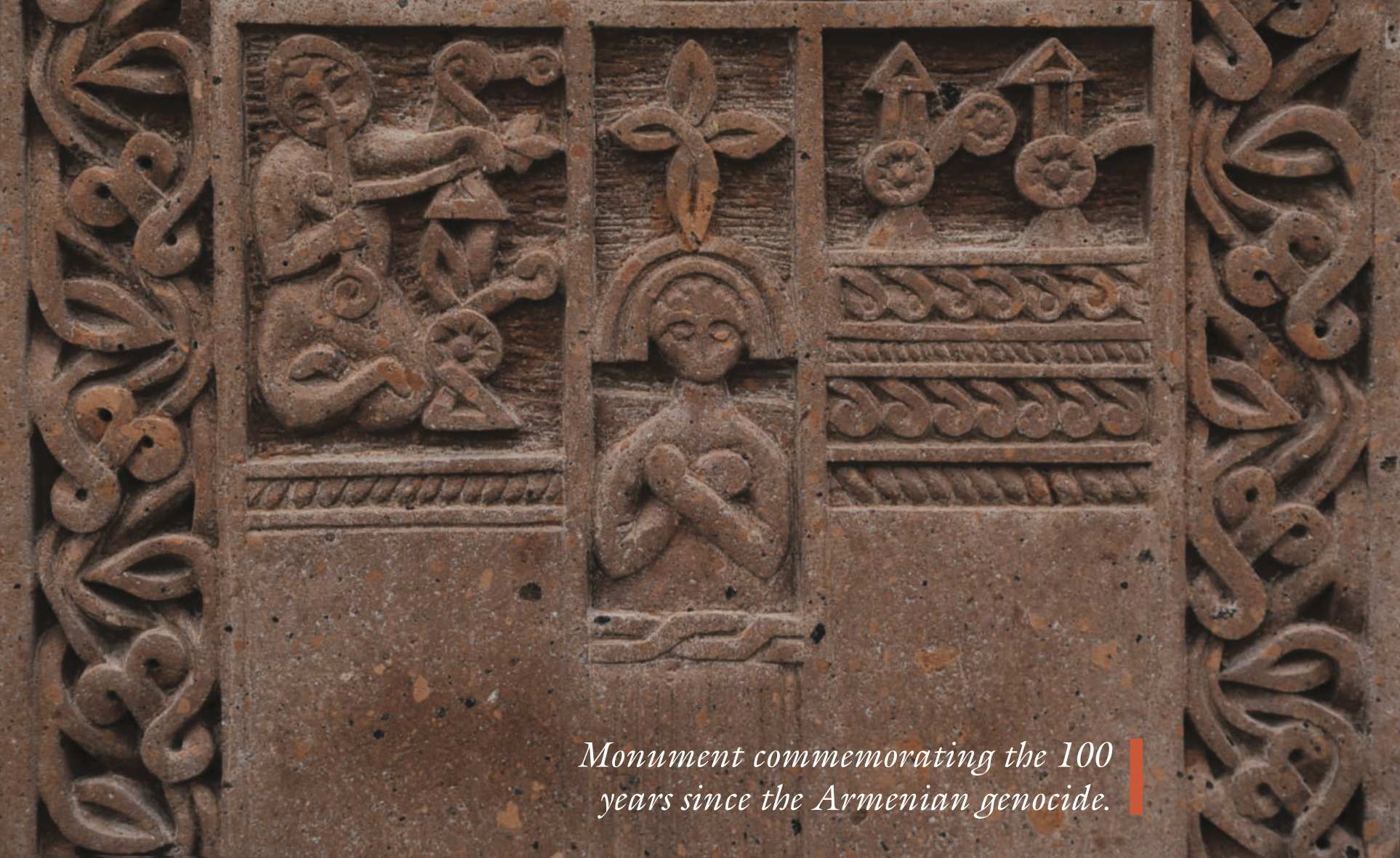
Beyond coexistence
Avzrog, an Armenian village located 20 kilometers from Zakho, is home to 45 Armenian families. Nersik Gharib and his wife were sitting in their lush garden, surrounded by orange and pomegranate trees. Nersik, dressed in traditional Kurdish attire, sipped his coffee and recalled how the Kurdish people protected his family in 1915.
When Ottoman soldiers pursued the Armenians in 1915, he said, the Kurdish people helped his family and many other Armenian families cross into Iraq with their sheep. Upon reaching Zakho, the Armenians found protection among Zakho notables and the local populace. Nersik shared that his family – originally nomadic sheepherders in Julamerk, now known as Hakkari – freely traversed the borders between Turkey and Iraq before 1921, when the border did not exist.
“Armenians and Kurds have a deep bond; we coexisted in Julamerk for more than a century, sharing clothing, cuisine, and cultures. My father and grandfather could even communicate in Kurdish,” Nersik elaborated.
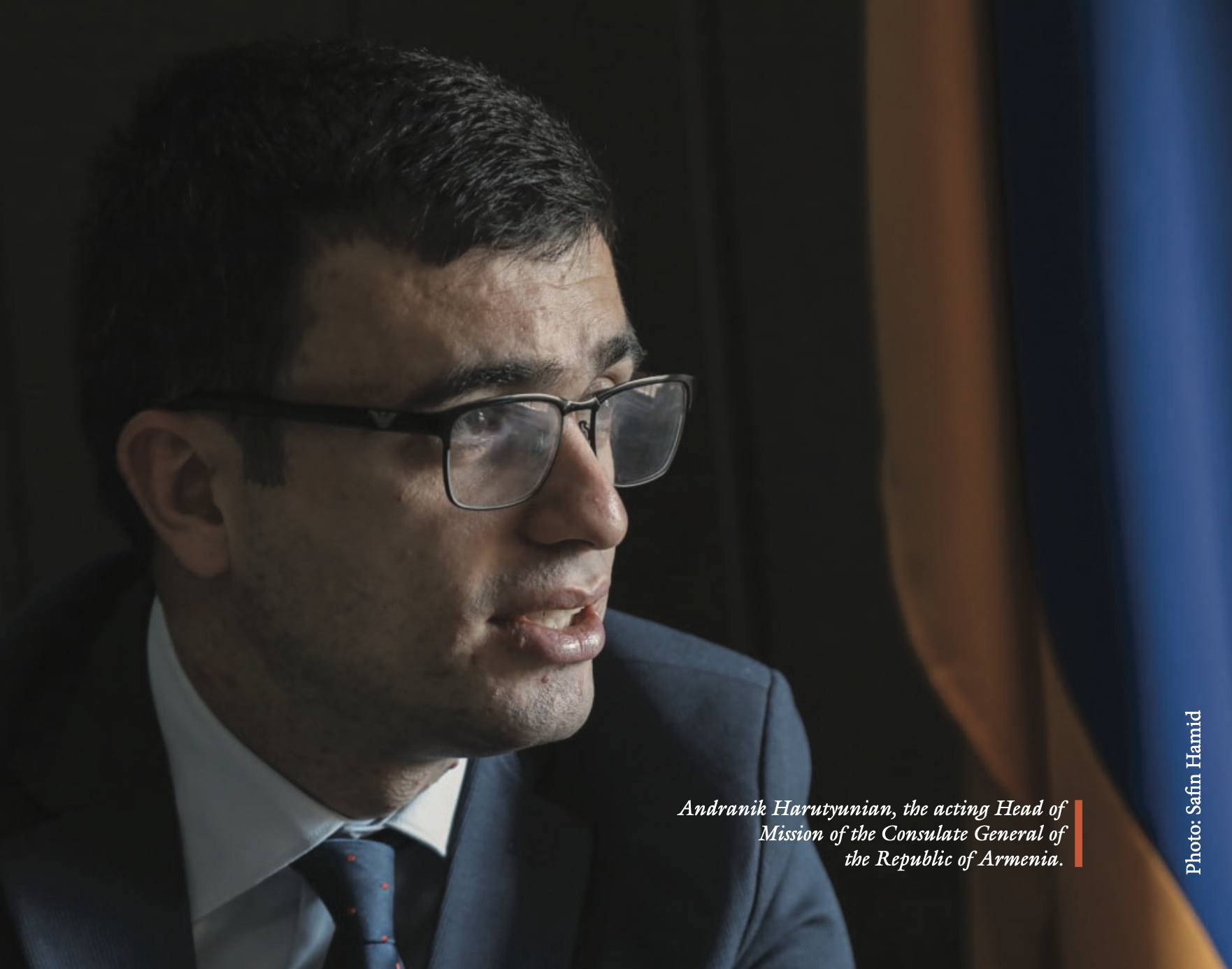
After settling in Zakho, Armenians contributed to society as sheepherders, farmers, and craftsmen in the production of Shal u Shepk (traditional Kurdish clothing). This age-old craft uses soft goat fur and continues to thrive thanks to Armenians, with a single garment costing between $800 and $1,600.
Today, Armenians have diversified their roles, working as general managers, bank executives, and officers in the peshmerga.
Nersik, father to three sons and four daughters, proudly noted that one of his sons serves as peshmerga. All his children bear Kurdish names, a choice influenced by Nersik’s enduring friendship with a Kurdish family who shared similar names.
“The relationship between Armenians and Kurds is beyond coexistence; it is passion,” Nersik affirmed.

Nersik was able to travel to Armenia for the first time a few years ago, just before the Covid-19 pandemic. He found the Armenian weather pleasant and the country lovely. He expressed increased satisfaction with the opening of the Armenian consulate in Erbil, the capital of the KRI, in 2021. A direct flight between Erbil and Yerevan further facilitates cultural exchange, attracting both Armenians and Kurds for tourism due to geographical proximity and cultural similarities.
Andranik Harutyunyan, the acting Head of Mission of the Consulate General of the Republic of Armenia, spoke positively about the Armenian presence in the KRI. “It’s a beautiful coexistence, Armenians feel safe here. We are grateful to the authorities of the KRI for their treatment of our Armenian compatriots,” he said.
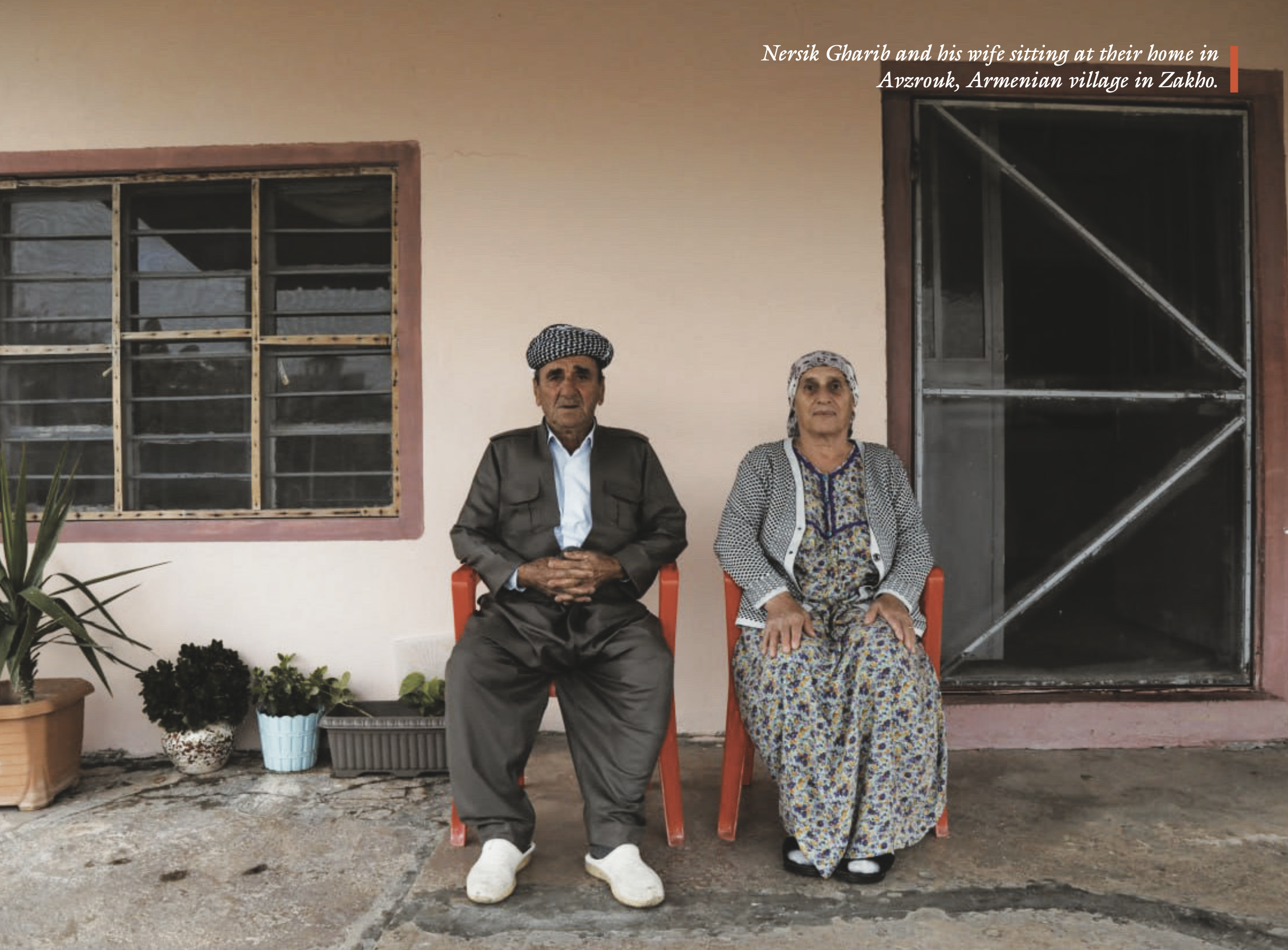
The consulate actively supports the Armenian community’s efforts to preserve their ethnic identity, including providing books to Armenian schools. Humanitarian aid has also been extended to Armenian and Yezidi families displaced by ISIS atrocities.
“Armenia is committed to assisting Armenians in need worldwide,” Andranik stated.
In Avzrog, Nersik remains optimistic about the future of Armenians in the KRI. Simultaneously, he hopes for increased efforts from the KRG and the Republic of Armenia to safeguard the language and identity of Armenians residing in Kurdistan.
Qassim Khidhir has 15 years of experience in journalism and media development in Iraq. He has contributed to both local and international media outlets.
